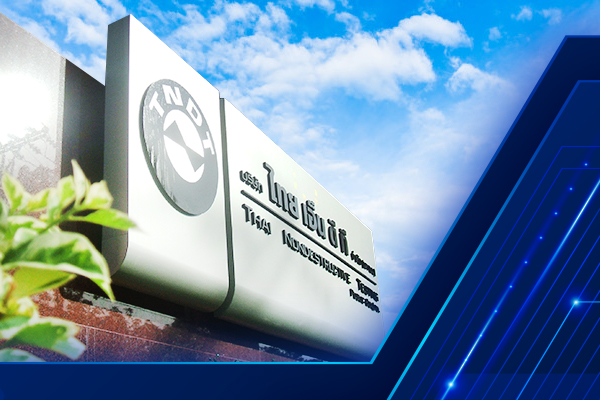NDT and Inspection services as well as engineering consulting and technical development services to a broad range of industries for over 38 years.
Advanced NDT
We meet your complex inspection requirements by developing leading advanced non-destructive testing (NDT) and inspection technology. Our state-of-the-art equipment and highly-experienced, multi-disciplined, and competent technicians ensure your needs are met, regardless of anomaly or equipment type.
Neutron Backscattering

Neutron Backscattering
Application of neutron backscattering technique is used to determine deposited scale in pipes or vessels. Scale or sludge deposited in a transmission pipe or vessel is one problem that a process engineer must deal with, especially when the vessel or pipe has a large diameter, and it is difficult to be inspected visually. Neutron backscattering is one technique among others that fits to the object where the hydrogen is the main composition, such as water or hydrocarbon. Neutrons are generated from a neutron source (Am-Be) traveling toward the object. Part of neutrons are absorbed by a medium, whereas some are back scattered to the direction where they were originated, which can be detected by detector. The back scattered neutrons infer behavior of the medium and determination of the interfacing among different mediums. This characteristic is fit to determine the interface of sludge and liquid since sludge itself has nearly similar density compared to the liquid that carries them. However, the hydrogen composition in sludge and liquid are very much different.
A neutron generated from a neutron source called ‘fast neutron’ has high energy. It interacts with the medium and loses energy to the medium until it becomes ‘slow neutron’. The He-3 detector used in measurement can detect only ‘slow neutron’ such that the amount of measured value belongs to only back scattered neutron. Fig.1 shows principal response signal from neutron back scattering technique when interact to the different medium.
